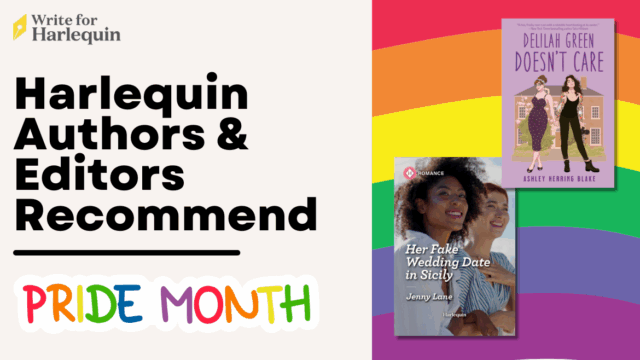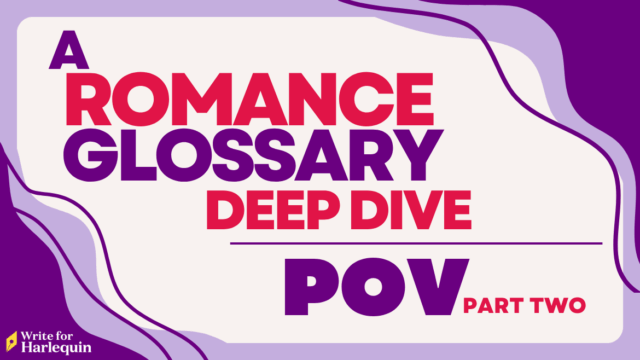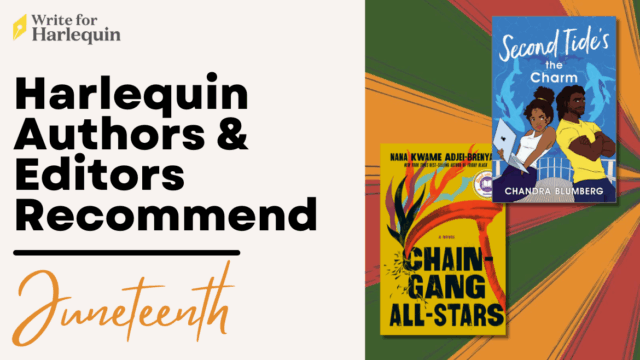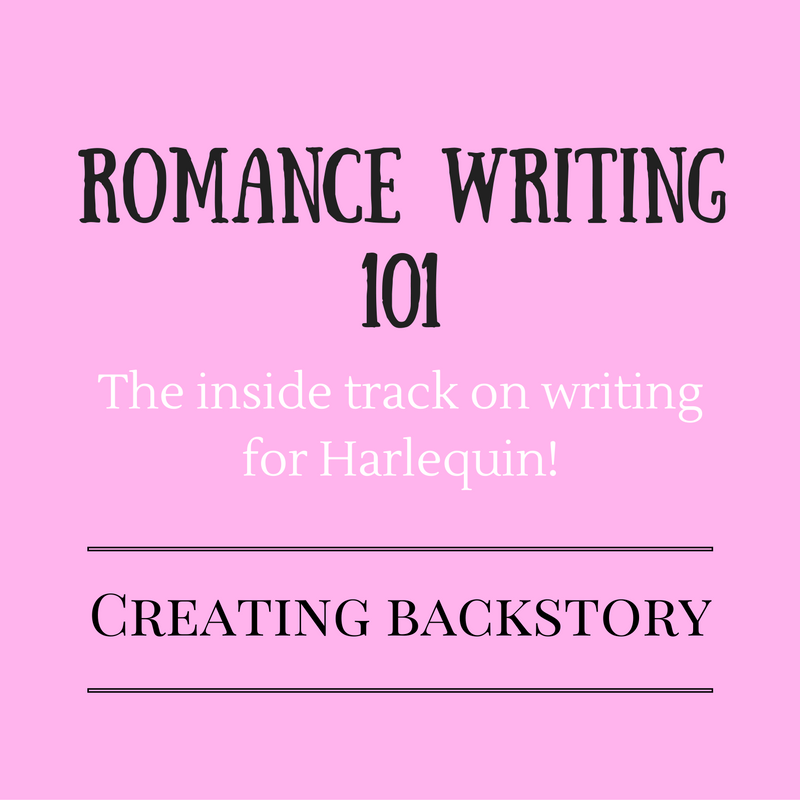
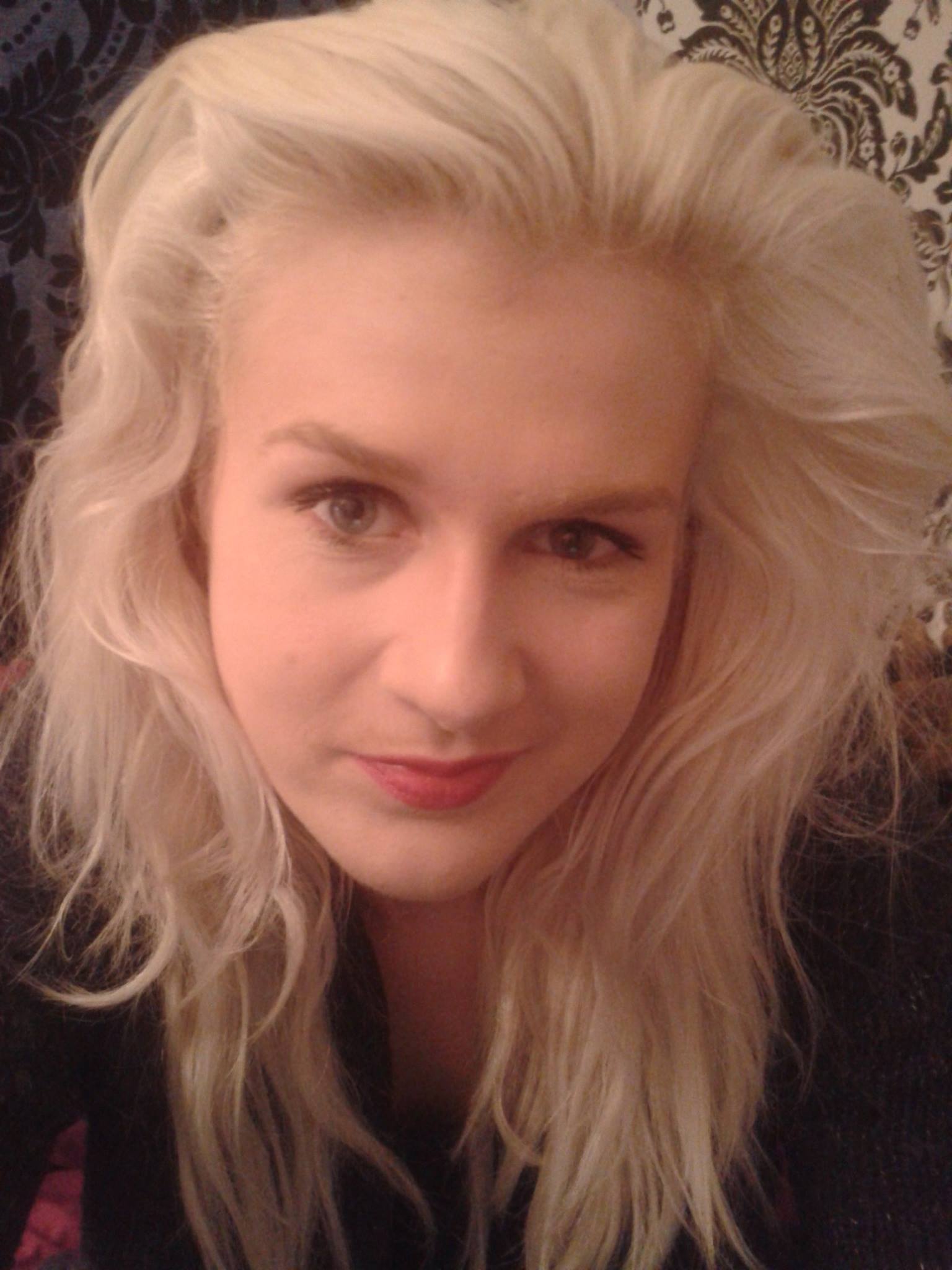
This week, Harlequin insider Grace talks you through imagining (and weaving in!) your characters’ backstories…
Good morning aspiring writers! I’m fresh from a recent session of slush training – learning from editors how to pick through our submissions looking for our next great author – so I am brim-full of advice from the Harlequin office on how to deliver what we’re looking for! This time, I will be discussing how to work backstory into your romance.
Harlequin editors are used to working out the use of backstory with authors. What they want is exciting on-page interaction between the hero and heroine and for that excitement to be focussed on the present. However, emotional conflict is the true beating heart of romance, and characters cannot be conflicted without having actually lived. Without a real emotional journey, and complex, rounded characters that we believe will be genuinely changed by love, the reader cannot be satisfied by the Happy Ever After. Backstory really matters if you want to achieve this, and your planning should have given you enough of it.
For an author who did backstory brilliantly, look to Agatha Christie. Her murder mysteries are gripping because the characters’ motivations are so true to life. But, like Harlequin authors, she did not have endless pages – her books averaged between 40-60,000 words. Every single detail that she chose to divulge about her characters contributed to the mystery she was telling, and nothing was wasted.
You can apply the same principle to writing for Harlequin: make sure that everything you’re putting on the page builds up to the romance. Readers are looking to get to know the characters; they want to know why the doctor is determined never to fall in love, or why the duchess is so protective of her sister. But editors want authors who know how much to share, and how to keep a reader interested by not giving it all up front.
There are several possible approaches to this…
I would suggest asking yourself: what details of the hero and heroine’s past are significant? What does the reader need to know about their pasts to emotionally respond to the situation?
Another possible approach is to imagine what the character would be thinking of in that moment, and the specific, evocative memories that might come to their mind. For example: your heroine is a waitress at work, and the Italian tycoon she had a passionate tryst with walks in. What’s the first thought that comes to her mind?
By focussing on what the character is thinking, we stay with them, in the moment, and we get to really understand them. Before he walks in, she might be thinking about how she’s sick of scrubbing on her hands and knees and how she wishes her mother had taken better care of her. After, she might remember the last time she saw the hero, or the first, or some special moment – whatever means the most to her. Framing backstory in terms of this is a great way to keep it focussed.
Don’t cut it all out though: try dropping hints of backstory throughout at relevant moments, leading the reader through the narrative like breadcrumbs through a forest. Remember that you want your romance to be an exciting emotional reading experience that focusses on the interaction between hero and heroine, without being bogged down in thick paragraphs of exposition. However, the characters’ past is ultimately what lead them to the present, and they wouldn’t be there without it. It all still matters!
On the other hand, if there’s something in the past that you really need to get across, a well-placed flashback can be a great solution. The same principles apply, but as long as that scene is really important, builds on the romance, and doesn’t take us too far away from the present moment, they are a great way to work in past events.
I hope that’s helpful! Next time on Romance Writing 101, I’ll be discussing story openings, and how to grab your readers’ attention from the very first line. Cheerio possums!
Grace x


